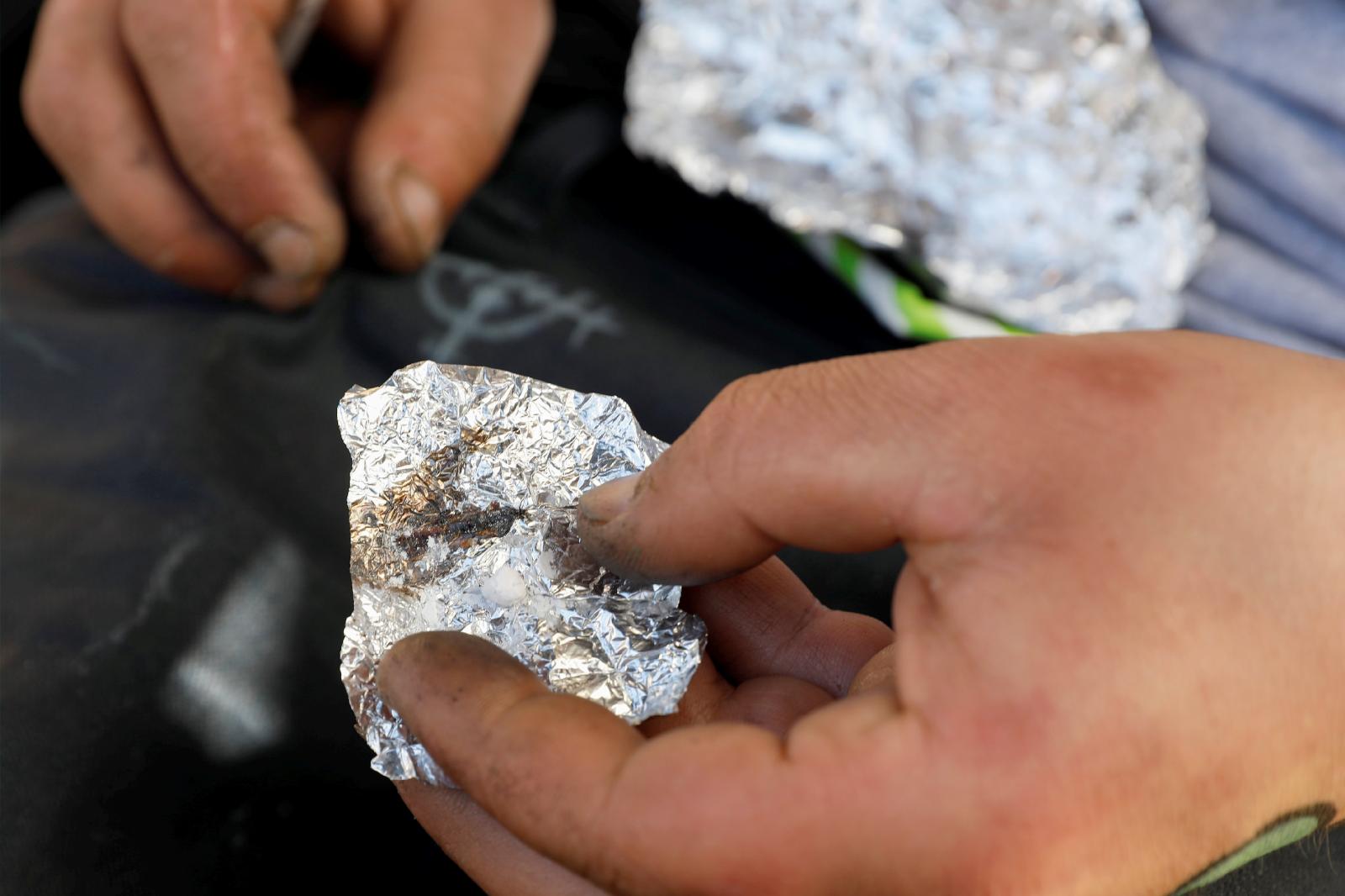As House reveals China’s fentanyl role, Catholic experts say US has just one path out of the crisis
Catholics working to address the nation’s fentanyl problem told OSV News a new congressional report naming China — and blaming its government — as the key source of the drug is important but old news, and that healing rising rates of addiction ultimately demands divine assistance.
On April 16, the House Select Committee on the Strategic Competition Between the United States and the Chinese Communist Party released a 64-page document on the CCP’s role in the fentanyl crisis. The synthetic opioid and its analogues claim “over 200 Americans daily,” and hundreds of thousands of lives over the past several years, according to researchers.
The report was presented by committee Chairman Mike Gallagher, R-Wis., and Ranking Member Raja Krishnamoorthi, D-Ill.
China under the CCP “is the ultimate geographic source of the fentanyl crisis,” with numerous companies producing “nearly all of illicit fentanyl precursors,” chemicals that are then exported to cartels in Mexico for processing and distribution, said the report.
Tax rebates, subsidies, ownership of production facilities and open cooperation with manufacturers were all cited in the report as evidence of the CCP’s involvement in the fentanyl trade.
“Fentanyl is such a destructive poison, (and) it’s just a shame it’s taken this long for the people in charge to understand this is a weapon of mass destruction,” said Detective James Wood, a Philadelphia-area narcotics investigator whose 40-year career has included the takedown of notorious abortionist and drug dealer Kermit Gosnell.
Philadelphia’s impoverished Kensington neighborhood has gained international notoriety for its large, open-air drug market and encampments of persons grappling with substance abuse.
Wood, who relies on his deeply held Catholic faith to sustain his work, told OSV News the nation “has to get more involved in fighting” the epidemic of fentanyl addiction, and that “one of the best ways” to do so is through “exposure” of global narcotrafficking.
In 2022, overall drug overdoses in the U.S. totaled just under 108,000, with synthetic opioid deaths rising by 4.1% from the previous year, according to the Centers for Disease Control and Prevention.
While medically prescribed fentanyl is used in clinical pain management, illicit fentanyl is “the leading cause of death for Americans ages 18-45 and a leading cause in the historic drop in American life expectancy,” said the House report.
In 2022, the U.S. Drug Enforcement Agency seized over 379 million lethal doses of the drug, with law enforcement in California confiscating “enough fentanyl to potentially kill the entire population of North America, twice,” the report said.
In addition to fentanyl, China is the key source for nitazenes and xylazine, deadly new drugs that are often mixed with heroin or cocaine, and that have gained swift traction in the nation’s illegal drug market.
Nitazenes, originally developed in the 1950s but never approved for use, are more potent than fentanyl, while xylazine — an animal sedative known as “tranq” — produces necrotic skin ulcerations in users, something Wood has seen firsthand on the job.
During a recent car stop, Wood noticed the driver, who was transporting illegal drugs, had “at least an eight-by-four-inch wound” on his arm from xylazine use.
“The skin was completely missing on his forearm,” said Wood. “You could see his veins. He looked like a living zombie.”
Despite the massive ulceration, the suspect was reluctant to accept medical attention, Wood said.
Ken Johnston, executive director of Our House Ministries — a Catholic recovery outreach in Philadelphia — has had similar experiences in his work.
“There was one guy I was trying to get to go to rehab for six months … and he’s kind of disappeared. We suspect he died,” Johnston told OSV News. “He didn’t want to get help; he didn’t want to go into the hospital because he had open wounds from the tranq.”
Johnston — who told OSV News he was not surprised by the report’s findings — also pointed out that fentanyl and xylazine are not only plentiful, but inexpensive.
“A bag of heroin used to be $30 or $40, but a bag of fentanyl is maybe $5,” he said.
Our House founder Father Douglas McKay — who lost his brother Anthony to an overdose in 1995 — said that sacramental grace is crucial in healing addiction and its physical, mental and spiritual scars.
“Sacraments are personal encounters with the Lord,” said Father McKay, who also is a papal Missionary of Mercy and rector of Malvern Retreat Center in Malvern, Pennsylvania, where he ministers to hundreds in recovery each year. “We meet Jesus there, and that gives strength and power to conquer drugs and alcohol. … There’s no other power. There’s no other way.”
While the new House report may spark more federal action to stem the flow of fentanyl and other illicit drugs, “the only thing that’s going to fix this (problem of addiction) is the love of God,” said Johnston. “That’s the only answer.”
This article was written by Gina Christian, a multimedia reporter for OSV News.
Featured image: A file photo shows a man who lives on the streets in San Francisco displaying what he says is the synthetic drug fentanyl. Results of a lengthy investigation by a House committee released April 16, 2024, showed that the Chinese government directly subsidizes and encourages manufacturing and export of fentanyl materials, which have wreaked havoc in the U.S. Illicit fentanyl is the leading cause of death for Americans ages 18-45, according to the Centers for Disease Control and Prevention. (OSV News photo/Shannon Stapleton, Reuters)



